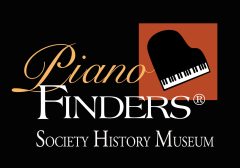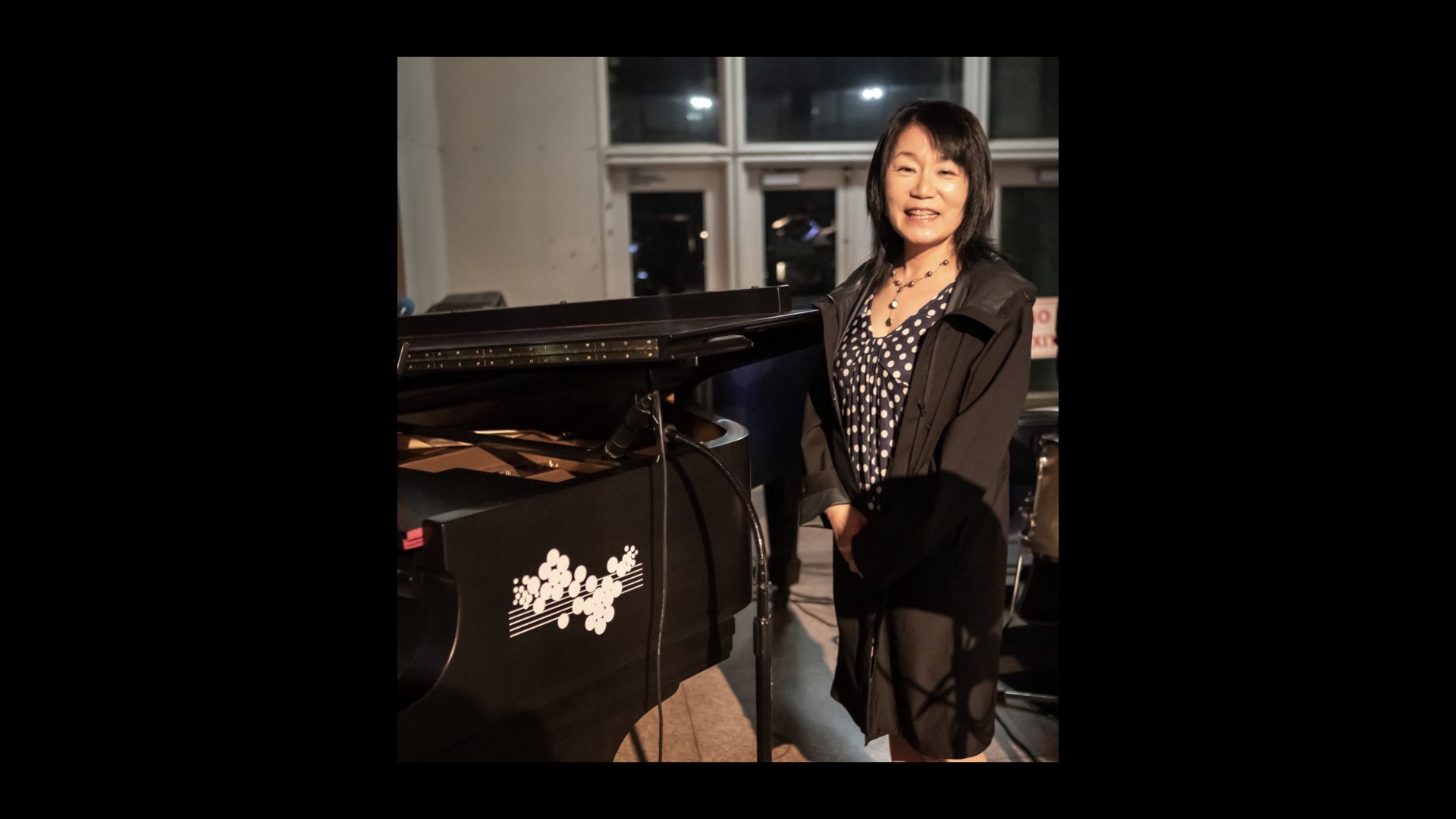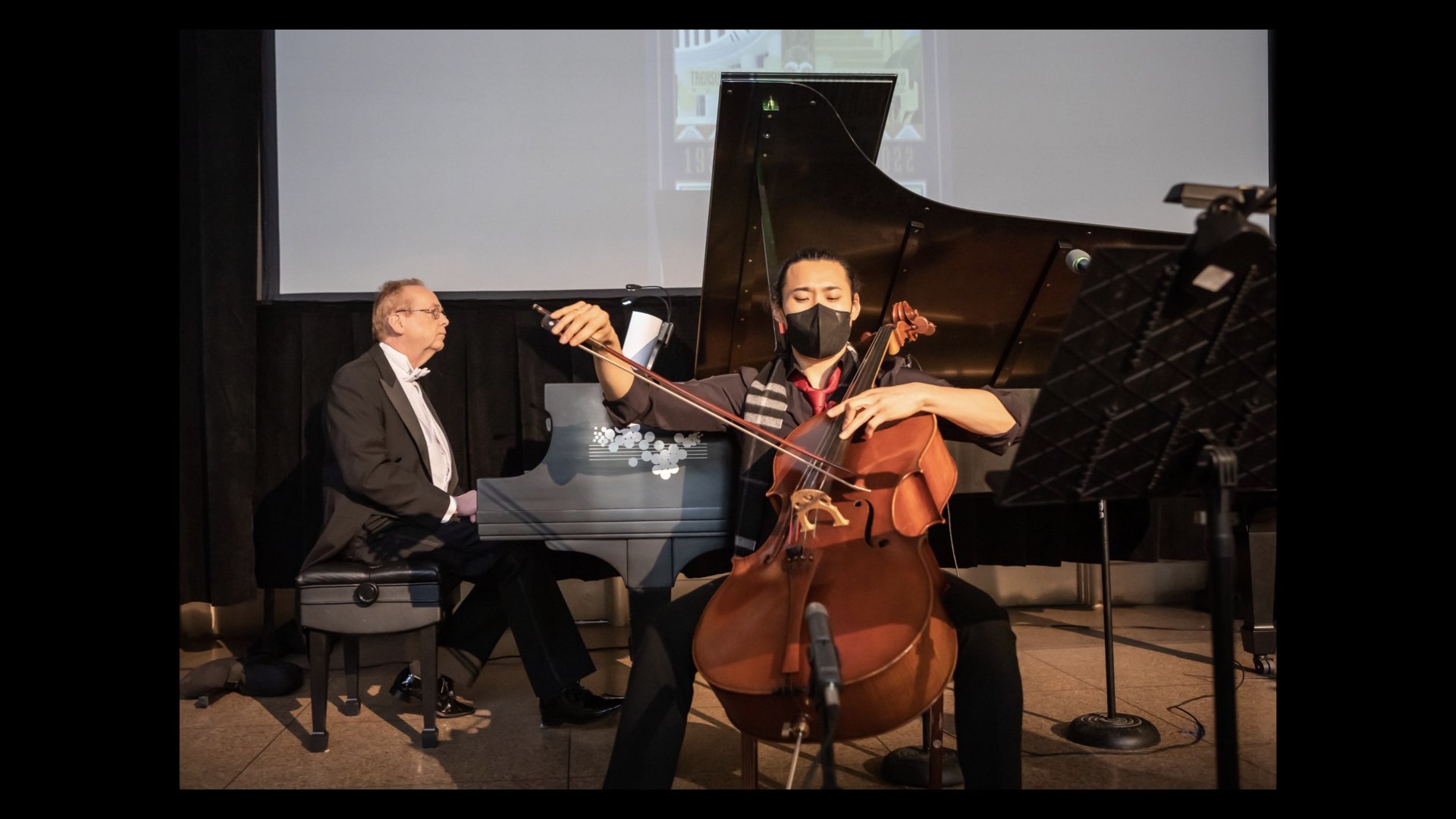Samuel Adams Green (May 20, 1940 – March 4, 2011) was an American art curator and director, most associated with his promotion of American pop art, particularly the early works of his friend Andy Warhol.
Early life
Born in Boston on May 20, 1940, his father Samuel Magee Green was Dean of Fine Arts at Wesleyan University and descended from Samuel Adams, one of the Founding Fathers of the United States. His mother was also a university arts lecturer.
During his childhood, his parents gave him a love of art and architecture, which led to him enrolling at the Rhode Island School of Design. However, bored with academic life, Green left after one year and moved to New York City, where he joined the local art scene.
Contemporary art curator
In 1962 aged 22, he was introduced to the avant-garde art dealer Richard Bellamy, owner of the Green Gallery on 57th Street. Amused by the coincidence of their names, Bellamy hired Green on the spot to man the galleries front desk. Art writer John Gruenlater described Green Gallery as “An important stepping-stone for every major American Pop artist”. After Andy Warhol’s friend Ted Carey saw the works of James Rosenquist there – when Warhol was without a gallery, and still working as an illustrator – he suggested that Warhol try to engage the owner. In 1963 Warhol befriended Green in the gallery (assuming that Green was the son of the owner named “Green”), looking for an outlet for his artworks.[1][2]
Warhol and Green became friends, and Green displayed a few of Warhol’s early works at the gallery. Green also acted as an assistant to one of Warhol’s film projects, where they spent the summer on Long Island and in The Hamptons. Green later appeared in Warhol’s films Batman Dracula (1963) and Soap Opera (1964).
After six months at the gallery, through his father, Green secured the loan of over 50 works of art, which he intended to exhibit at the Davison Art Center at Wesleyan University. The exhibition included Warhol pieces and other leading contemporary artists including Tom Wesselmann’s Great American Nude #39, and Yayoi Kusama’s Ten Guest Table.
In 1965, Green left the gallery and at the age of 25 became director of the Institute of Contemporary Art, Philadelphia. Creating his first museum exhibition, he asked Warhol for what would make up the bulk of the exhibition works, which was also the artist’s first retrospective. Green chose Warhol’s S&H Green Stamps as the 40x40cm invitations he sent out for the preview – and for the design of the silk tie that he wore under his white Gucci evening suit. However, as Warhol was not signing anything that year, Green signed all of the invitations “Andy Warhol, 1965”. In an exhibition space that nominally held 300 people, Green invited 6,000, resulting in the mass-mobbing of Warhol and Edie Sedgwick. After the exhibition ended, Warhol had left his original dealer Eleanor Ward, and signed with Leo Castelli.
After three years, in 1967 having been refused permission to organize a campuswide sculpture exhibition at the University of Pennsylvania, Green “abandoned the philistines”[and created an exhibition in the city’s museum that included works by Barnett Newman, Tony Smith, and Philip Johnson. The resultant success allowed him to return to New York City’s art scene as an acknowledged master of contemporary art installation.
Appointed a cultural adviser by the city’s mayor John Lindsay, six months later in 1967 Green realized Claes Oldenburg’s first outdoor public monument beside the Metropolitan Museum of Art. Placid Civic Monument took the form of a Conceptual performance/action, with a crew of gravediggers digging a 6-by-3-foot rectangular hole in the ground. To then protest against the proposed redevelopment of Easter Island as a United States Air Force refueling station, Green shut down the 59th Street Bridgeand both lanes of Park Avenue to allow installation of a giant Moai head sculpture in the forecourt of Seagram’s Plaza. The USAF redevelopment plans were stopped by Congress shortly afterwards.
Socialite
After being introduced to Cecil Beaton in the summer of 1969, Green “retired” from the art gallery scene from 1970 to accompany Beaton as his assistant around Europe. Through the noted British photographer, Green greatly escalated the breadth and power of his social network, making many new and influential friends.
In 1971, the actress Candy Darling moved in with Green. In a note written shortly before she died, she referred to Green as “a true friend and noble person”.
Yoko Ono and John Lennon
Green, an admirer of New York-resident Japanese artist Yayoi Kusama, met her flat mate Yoko Ono in the 1960s on one of his regular visits to their apartment.[2]
After Ono married John Lennon in 1969, from 1974 the couple became resident in Manhattan, and would regularly dine with Green. Green managed to obtain an invitation to President Jimmy Carter’s January 1976 Inauguration, to which he invited John and Yoko as guests. In the summer of 1976, Green used his connections at the Egyptian Museum to get the couple access to an archaeological dig in Egypt.
Green’s friendship continued with Yoko after the murder of Lennon in 1980. Green always spoke well of his friend, and would commemorate the occasion annually at Mortimer’s dining club on East 75th Street.
Lennon-Ono-Green-Warhol Piano

In the summer of 1979, Lennon named Green as Sean Lennon’s guardian should he and Yoko be killed together. In 1978, Lennon purchased a Baldwin Concert Grand Piano from the Baldwin Factory Store. In 1979 he gifted the piano to Green. The piano bears a plaque “For Sam Love From John and Yoko 1979”. When Lennon and Ono would visit Green, Lennon would often play the piano.
3 years after Lennon died, Green loaned the 1929 Baldwin Concert grand that was given to him by John and Yoko to Andy Warhol, where it was in Warhol Studios from 1983-1986.
In 1986 Green loaned the piano to New York Academy of Art where it was used for special occasions until 1999, when it was sold by someone in the NYAA without Green’s permission or knowledge. In 2000 Green filed a lawsuit against NYAA asking for $1.7 million or the return of the piano. It became a media scandal and the piano acquired the nickname, “The Lost Lennon Piano” because it was lost to Green. He dropped the lawsuit after it was found, but was saddened not to be able to recover ownership of it again.
After Green’s death, the piano became known as the Lennon-Ono-Green-Warhol piano because of the provenance research and report by Karen Earle Lile and Kendall Ross Bean in 2022 that revealed its history which was added to by both Green and Warhol.
Three years after Mercersburg Academy, the 5th owner after Lennon, received it in a Deed of Trust, they put it up for auction to benefit student scholarships. The media picked up the story that had been dropped in 2000, when it went up for public auction at Alex Cooper Auctioneers in Baltimore. Headlines gave the piano the new name, thereafter known as the Lennon-Ono-Green-Warhol Piano.
Preservationist
For the last 30 years of his life from the early 1980s onwards, Green worked to preserve various ancient art installations around the world, including Bhutanese monasteries and Buddhas carved in the mountainsides of Sri Lanka. To expand and sustain his work, in 1997 Green established the Landmarks Foundation, by the time of his death one of America’s leading organizations for historic preservation. About this work he observed:
The work I do now is not a reaction against a life spent mixing with the rich, it is a continuation of it. I put all the contacts I have made in my career to good use.
Death
At the time of Green’s death, the ICA in Philadelphia was planning an exhibition based on his 1965 exhibition of Warhol’s work. The exhibition (titled “That’s How We Escaped”: Reflections on Warhol) ran at the ICA from April 21 to August 7, 2011. (text courtesy of Wikipedia)
The Piano Connection
In descending chronological order
| Description | Generation | Date | Place | People |
| Lennon-Ono-Green-Warhol Piano (1929 Baldwin D Concert Grand) owned by John Lennon and Yoko Ono. | 1st | 1978 to 1979 | Manhattan, New York City, NY, USA | Piano Owned by John Lennon and Yoko Ono |
| Lennon-Ono-Green-Warhol Piano (1929 Baldwin D Concert Grand | 1st | 1979 to 1999 | Manhattan, New York City, NY, USA | Piano Owned by Samuel Adams Green |
1st Generation refers to how close the Relationship is to a featured piano.



